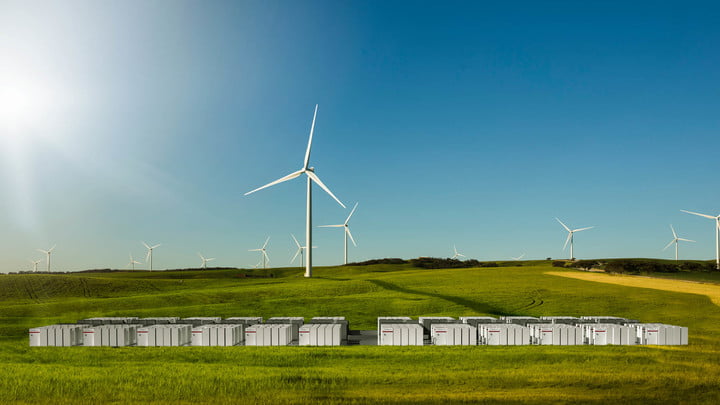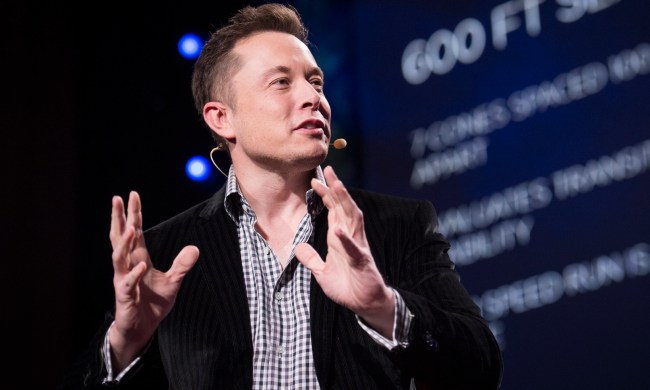Elon Musk’s Tesla company last year built the world’s most powerful battery, but a new project means it could soon be out of the record books.
British billionaire Sanjeev Gupta is behind the development of a 120 megawatts/140 megawatt-hours storage facility, which will be larger than the 100 megawatt/129 megawatt-hours battery constructed by Tesla in Jamestown, South Australia, last year.
The new battery storage facility will be built at a location less than 100 miles from Tesla’s effort and be linked to a new solar farm at the Whyalla Steelworks, a site recently acquired by Gupta’s Liberty House firm when it bought Australian mining and materials company Arrium last year, ABC News reported.
The plan for another mega-battery reflects South Australia’s ongoing interest in renewable energy that was largely motivated by a widespread power outage that hit the state in 2016 during a huge storm. Described as a once-in-every-50-years weather event, the storm temporarily cut power for 1.7 million residents in Adelaide and the surrounding area, and served to focus the minds of local officials as they sought an effective solution to ensure that such serious outages could never happen again.
South Australia currently sources nearly 50 percent of its power from wind and solar, and according to outgoing South Australia premier Jay Weatherill, the new battery will “help underpin the long-term viability of the Whyalla steelworks, as well as provide additional benefits to the South Australian grid.” Construction will begin later this year.
Musk’s big battery
Tesla’s need for batteries to power its cars led the company to diversify into the field and explore the home and commercial energy markets. It now manufactures batteries at its Gigafactory in Nevada, believed to be the largest facility of its kind in the world.
Always up for a challenge, Musk wrote on Twitter last summer that if his company failed to build South Australia’s battery system within 100 days, he would foot the approximate $50 million bill and the local government could have it for free. Tesla crossed the line with about a week to spare.
The battery, which is paired with a wind farm run by French renewable energy provider Neoen, stores excess energy created by the wind turbines and is used as a backup source of power.



